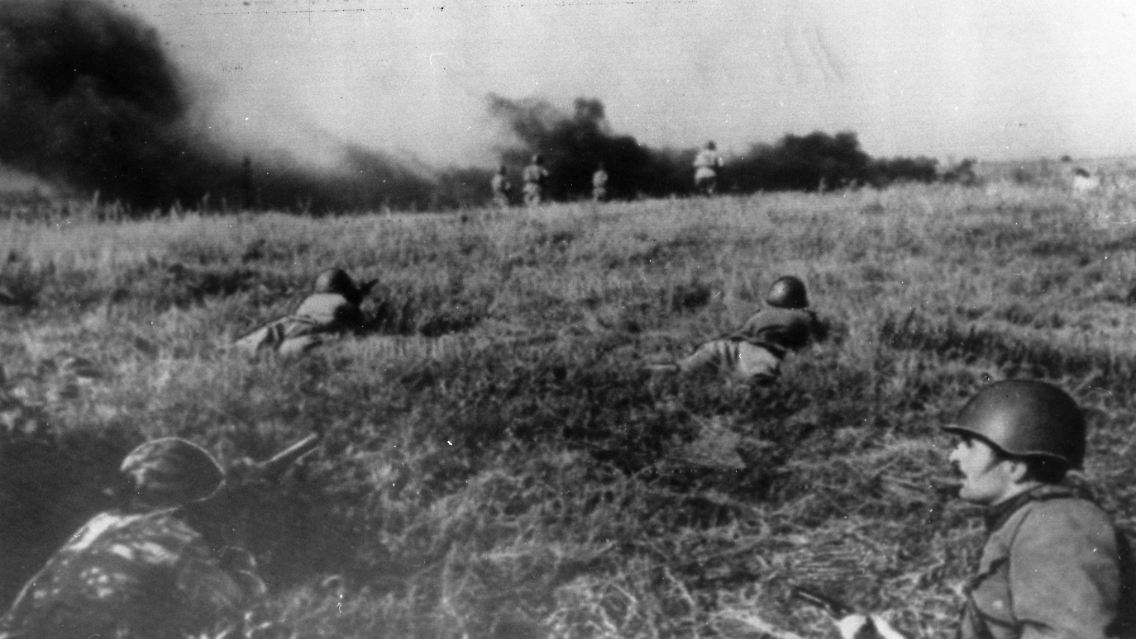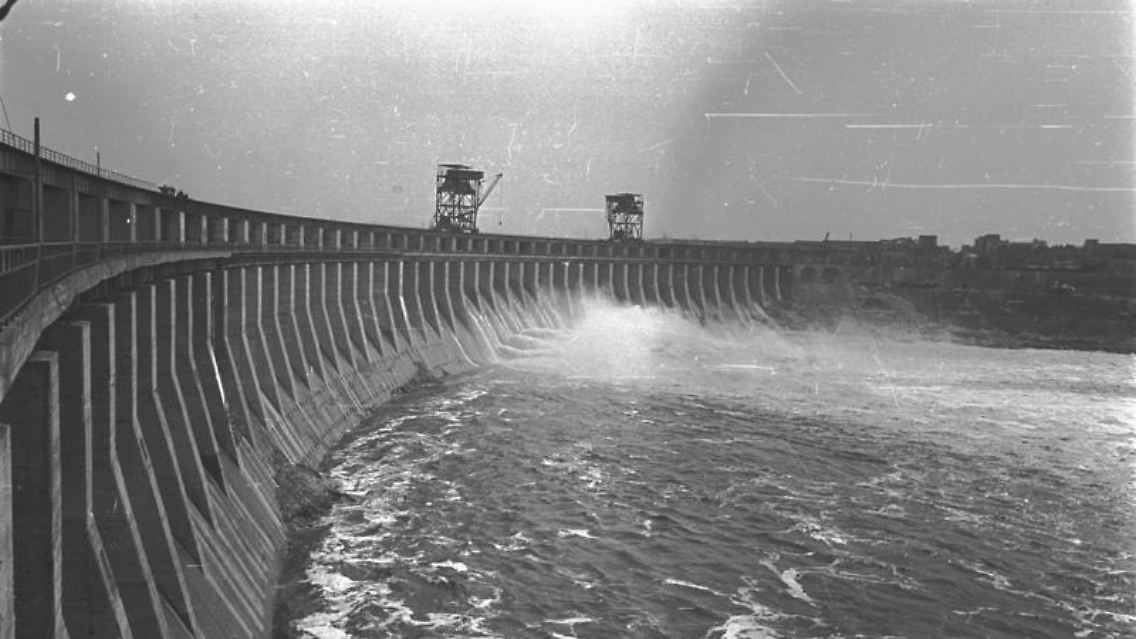With floods against the enemy
A dam on the Dnipro has already been blown up
06/09/2023 11:51 am
North of the Kakhovka dam, another dam was already destroyed in another war – the hydroelectric power station at the Zaporizhia reservoir, 1941 and 1943. First the Red Army blew up the dam, then the Germans.
There is still no definitive evidence as to who or what destroyed the Kakhovka Dam in Ukraine. The only thing that is clear is that the dam would still be standing if the Russians hadn’t invaded Ukraine. It is also clear that the Russian army has occupied the dam since the beginning of the invasion.
In any event, the destruction of dams constitutes a war crime. “Installations or facilities containing dangerous forces, namely dams, dikes and nuclear power plants, even if they constitute military targets, must not be attacked, provided that such an attack releases dangerous forces and can thereby cause heavy casualties among the civilian population,” says Article 56 of the Additional Protocols to the Geneva Convention of 1949.
There are many examples of dam destruction throughout European history – most notably from World War II. Not far from the Kakhovka Dam, which was only built after the war, the Soviet secret service NKVD blew up a huge dam in Zaporizhia, Ukraine, in the summer of 1941 in order to slow down the advance of the German Wehrmacht. The order for this is said to have been given by the Soviet dictator Stalin himself.
The partially repaired Dnipro Dam in a picture from 1942.
(Photo: Federal Archives, B 145 Bild-F016197-0003 / CC-BY-SA 3.0, Wikimedia)
The dam burst triggered a tsunami in which between 20,000 and 100,000 people are said to have drowned, including Red Army officers. Those responsible apparently didn’t care about the victims: Ukrainian historian Vladyslav Moroko said In 2013, the men who organized the blast were more afraid of Stalin than of the Germans.
When Soviet troops advanced two years later, the Germans tried to blow up the dam, which they had partially rebuilt by forced laborers. However, the Soviets prevented part of the explosive charge from detonating, so the damage was significantly less than in 1941.

Advance of Soviet troops towards German positions on the Dnipro, October 15, 1943.
(Photo: picture alliance / ASSOCIATED PRESS)
The Western Allies also attacked dams during World War II. During the night of May 16/17, 1943, the British carried out “Operation Chastise”, the aim of which was to destroy six dams in Hesse and North Rhine-Westphalia. The British developed special roll bombs for this purpose, which were dropped over the reservoirs and then first bounced on the water surface, only to sink in front of the dam wall and explode under water.
The Edertalsperre west of Kassel and the Möhnetalsperre in Sauerland were badly damaged, the attacks on the other dams failed. Up to 2,400 people died in the tidal waves, most of them at the Möhne dam. Among the dead were prisoners of war and numerous forced laborers.
The attacks were intended to hit the German armaments industry, in addition to tying down forces that would otherwise have been used to build defense systems. It was part of the “shaping” prior to the Allied landings in Normandy, which took place a year later.
